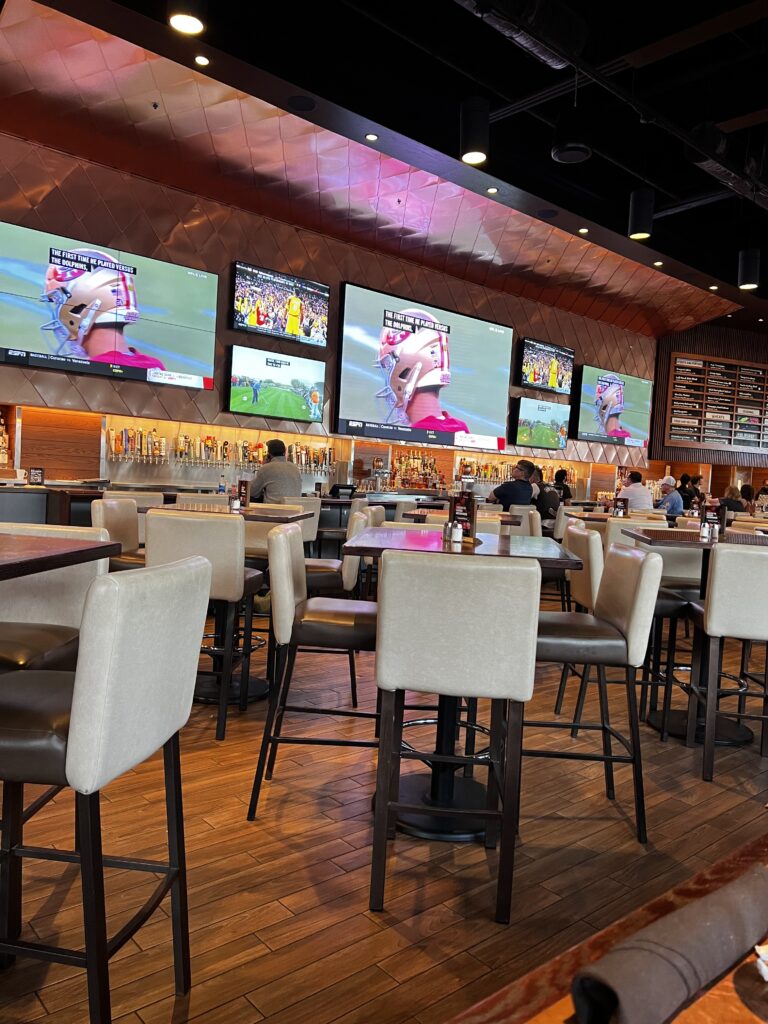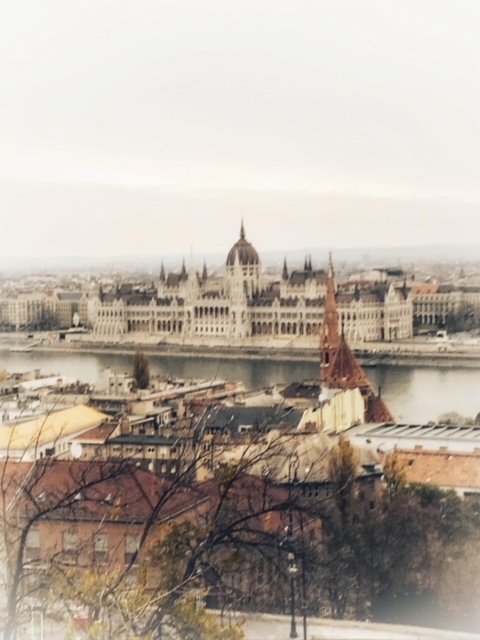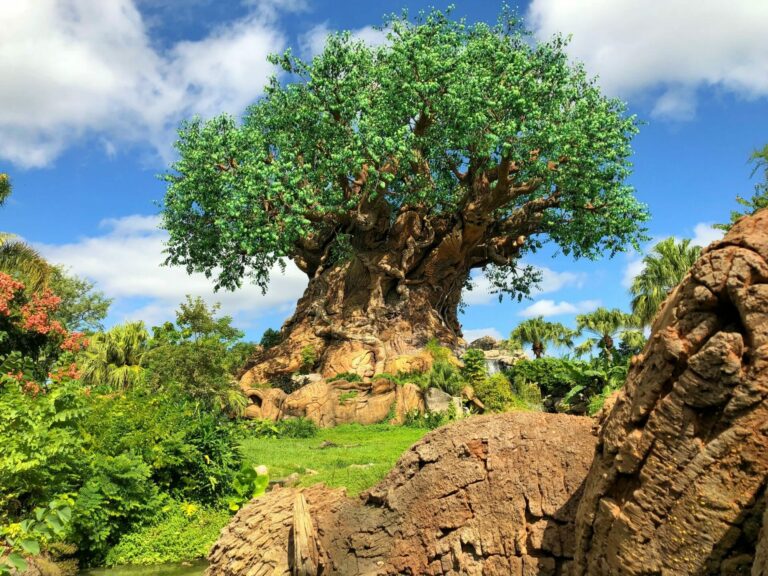We recognize that Disney vacations are not just an investment, but often the highlights of our lives, and we take that responsibility seriously. We want to ensure you have the best vacation experience.
Interested in a job in travel? Click here to learn: How to Become a Disney Travel Agent
Overview
Introduction

Buffalo, New York, may first conjure up thoughts of snow and more snow—the city is famous for its white winters. It also originated the spicy chicken wings that have become one of the country's favorite finger foods. Niagara Falls is only a short drive away and a world-famous travel destination, which, unfortunately, tends to overshadow Buffalo's other sights.
Less well known is that Buffalo has an impressive collection of architectural gems and parks, a thriving cultural scene and nightlife, and a rich maritime history and well-used waterfront.
Buffalo is known as the "City of Good Neighbors." The motto reflects the overall attitude of the residents, who are likely to go out of their way to make a good impression on a visitor.
Must See or Do
Sights—Niagara Falls day or night; the view from the observation deck of Buffalo City Hall; the Darwin D. Martin House, designed by Frank Lloyd Wright; Old Fort Niagara, the 300-year-old trading and army post; Buffalo and Erie County Botanical Gardens, with many exotic plants in 12 greenhouses.
Museums—Works by celebrated modern artists at the Albright-Knox Art Gallery; Charles E. Burchfield's watercolors at the Burchfield-Penney Art Center; the Buffalo and Erie County Historical Society for information about the Pan American Exposition.
Memorable Meals—Chicken wings and celery sticks at the Anchor Bar; beef on weck (a kummelweck roll) with horseradish, the specialty sandwich at Schwabl's; a Friday-night fish fry at Gene McCarthy's; Buffalo pizza, a cross between thin, foldable New York pizza and Chicago's deep-dish variety.
Late Night—Latin beats at La Luna; cutting-edge music at Nietzsche's or Mohawk Place; souvlaki at the Towne Restaurant.
Walks—The walkway out into the Niagara River that starts at the foot of West Ferry Street; a walk in the woods in Beaver Island State Park; a tour of downtown's architecturally significant structures; a stroll along the ring road at Delaware Park.
Especially for Kids—Visiting Vidler's 5 & 10 for that "kid in a candy store" experience; making music at the Original American Kazoo Co.; touring the Buffalo and Erie County Naval and Military Park for a fascinating overview of the battleships, aircraft and artifacts on display
Geography
Buffalo lies at the western edge of upstate New York, on Lake Erie at the start of the Niagara River. The river, which separates the U.S. from Canada, flows over Niagara Falls before emptying into Lake Ontario.
Main Street runs north-south beginning downtown, where the street is closed to traffic for several blocks. At the heart of downtown is Niagara Square, dominated by the art-deco City Hall and the McKinley Monument. Delaware and Elmwood avenues, which are lined with some of the city's best architecture, restaurants and shops, run parallel to each other, to the west of Main Street. Allentown, north of downtown, is Buffalo's (much smaller) version of New York City's Greenwich Village. It's centered on Allen Street, which runs west from Main Street. North Buffalo, a vibrant neighborhood of homes, shops and restaurants, is anchored by Hertel Avenue, which also runs west from Main Street. Larkin Square, west of downtown, is an entertainment district filled with restaurants, bars, breweries and shopping. Delaware Park, located in this section of the city, is the most popular of several city parks.
History
Buffalo is not named for the American bison. Most historians believe it came from a corruption of beau fleuve, which is French for "beautiful river," because of the city's location at the start of the Niagara River. The six groups of the Iroquois League—the Mohawk, Oneida, Onondaga, Cayuga, Seneca and Tuscarora—created a thriving community in the area in the late 15th century. French explorer Daniel Joncaire arrived in 1758 and worked with the Iroquois to establish a fur trade. During the Revolutionary War, however, the Native American peoples in the region, who had sided with the British, were all but destroyed by American forces.
The city was laid out by Joseph Ellicott in 1803 and was nearly burned to the ground by the British in the War of 1812. Buffalo began its most prosperous times after the opening of the Erie Canal in 1825. The city's position at the western end of the canal turned Buffalo into the "Gateway to the West," a point of departure for immigrants on their way to the American heartland.
Buffalo was also one of the last stops on the Underground Railroad, which helped runaway slaves reach areas of freedom.
Buffalo's economy boomed in the mid- to late 1800s as the city served as a port and processing center for grain, livestock and raw materials from the Midwest. By 1900, it was the eighth-largest city in the U.S., a commercial and transportation hub, and a fortune-maker for the millionaires whose lavish mansions still line Delaware Avenue. That prosperity left the city an impressive architectural legacy.
But the opening of the St. Lawrence Seaway in 1959 allowed ships to bypass the city's port. The subsequent loss of heavy industries such as steelmaking and auto manufacturing led to a decline in Buffalo's fortunes. Residents moved elsewhere to find work, and the city's population dropped from about 580,000 in 1950 to 260,000 in 2010—though it's estimated that the population has remained steady since then. The banking and health-care industries are strong anchor the economy, while investments into technology are helping to revitalize the city.
The Seneca Nation opened a casino in Niagara Falls, another 65 mi/105 km to the south in Salamanca and another in the heart of downtown Buffalo.
The city is beginning to develop a tourism industry, based on its architecture and its Erie Canal heritage, and millions of dollars were spent on the reconstruction of the historic Commercial Slip at the canal's end. Called Canalside, the project has become a focal point for social and recreational activity. The city waterfront area includes the Outer Harbor and the Niagara River, Buffalo River and Scajaquada Creek.
Potpourri
Although Buffalo has a national reputation for heavy snow and harsh winters, the region sees less snow annually than Syracuse, in the central part of the state.
Mark Twain lived in Buffalo 1869-71 while serving as co-editor of The Buffalo Express, then the daily newspaper. The original manuscript of The Adventures of Huckleberry Finn is the centerpiece of the Mark Twain Room in the downtown branch of the Buffalo and Erie County Public Library.
Niagara Falls once went dry. On March 29, 1848, strong upstream winds plus an ice jam at the point where the Niagara River flows from Lake Erie caused water levels to drop so much that people were able to walk out onto the river bed and recover artifacts.
When the downtown Statler Hilton Hotel was built in 1904, it was the first U.S. hotel to have running water and a private bath in each room.
During the late 19th century, East Aurora was known as "the world's trotting nursery." Racehorses were raised and trained on area farms; racing greats produced included Mambrino King, then judged the world's most handsome horse.
Before his death in 1942, William "Red" Hill Sr. saved 28 people from death over Niagara Falls and salvaged 177 bodies of those who didn't make it. He accumulated more lifesaving medals than anyone else in the world.
When it opened in 1825, the Erie Canal was a marvel of engineering and human labor. Its 425 mi/684 km from Albany to Buffalo opened up the American frontier and made westward expansion inevitable.
Carbonated beverages are called pop in this town. Youse is a local derivation of the plural of you.
Overview
Introduction
If absolutely pristine landscape is what you're looking for, this park won't disappoint you. Shared by the Northwest Territories and Alberta, Wood Buffalo is Canada's largest national park and among the largest in the world.
Don't expect dramatic scenery—the topography is subtle and limited to low hills and marshlands. Do expect spectacular wildlife. The park was originally created to protect a herd of rare wood bison, and thousands of plains buffalo also roam there. It's an important breeding ground for wild whooping cranes and also has moose, lynx, wolves, black bears and eagles. Hiking trails and canoe routes provide access to some parts of the park, but facilities are minimal: Camping is the primary form of accommodation. The park reception centers are located in Fort Smith and Fort Chipewyan, Alberta. The majority of licensed guides operating in the park are based in Fort Smith, which is also home to the Northern Life Museum. The museum depicts the history of the Dene tribes and early pioneers. Wood Buffalo National Park is 290 mi/465 km south of Yellowknife.



































